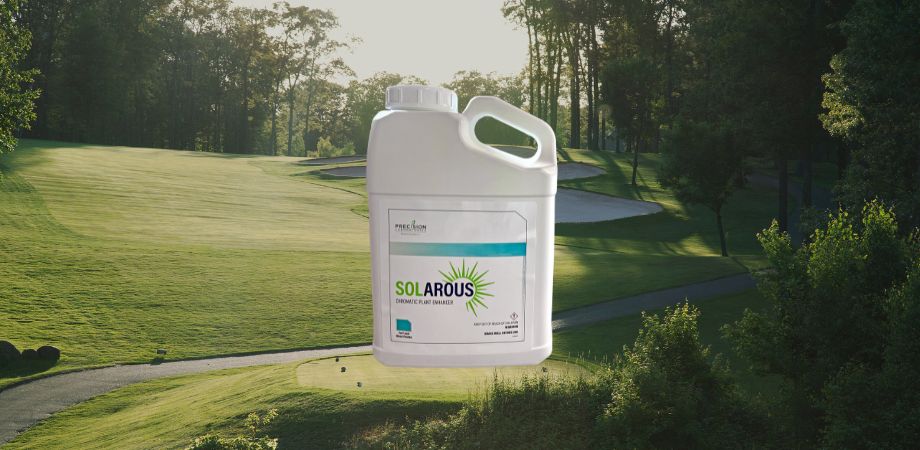Researchers have been developing better bentgrass varieties for use on golf courses since 1920. These efforts have produced many improved varieties. Some of the most recent, such as Piper, Oakley, and Piranha, have better performance and require fewer inputs. These varieties have been at the top of NTEP on putting greens and in fairway trials for the last two years and are being used successfully on many golf courses. Most agronomists agree that establishing creeping bentgrass greens from seed provides the best long-term results and is cheaper and avoids potential problems with soil layering that can occur with sod. Following are some of the keys for successfully establishing creeping bentgrass greens from seed:
Perform soil tests before planting and incorporate appropriate pre-plant fertilizer into the top 2 to 4 inches followed by rolling, firming, and smoothing. Properly calibrate the seeder and plant seed at a rate of 0.5 lb. per 1000 sq. ft. in two directions. Higher seeding rates can contribute to poor turf performance from seedling competition and should be avoided. Establishing good seed-to-soil contact is critical and can be done in several ways. The most common are to lightly rake the surface after seeding with leaf rakes with the tines turned upward followed by rolling; drive over the seeded surface with a mechanical bunker rake fitted with knobby tires.
Irrigate lightly and frequently, to maintain constant moisture without over-saturating the root zone until germination is complete. Shift to a slightly heavier, less frequent irrigation schedule as the plants establish,
Once germination is complete, roll the greens with lightweight rollers or walk-behind putting green mowers outfitted with solid front rollers and the reels turned off. The greens should be rolled at least two times prior to the first mowing. Initiate mowing at a cutting height of 0.200 to 0.250 inches approximately 10 days following germination. Remove mower baskets to reduce weight. Complete turf coverage may not be fully achieved, but mowing the greens as soon as possible helps to promote lateral growth and build density.
Begin making light, frequent applications of sand topdressing once the turf reaches 75 percent turf coverage. Gradually reduce the cutting height as the turf fills in and reaches 100 percent coverage. Heights should be reduced slowly (0.01-0.005 inches every few days) and in conjunction with light sand topdressing applications. For example, follow mowing with a light sand application and lower the height again a day or two later. Target heights will vary, but with smooth surfaces, heights of 0.125 inches are reasonable after 6 weeks or more of growth and development.
John Wooden said it best, “If you don’t have time to do it right, when will you have time to do it over?” So, make sure you start with the right bentgrass blends like Centennial or Predator whether it be tees, greens, or fairways. Planting the best grasses and using these steps will help you successfully establish your new bentgrass turf.
Blog authored by Pat Gross, Duane Klundt, and Dave Otis with Mountain View Seeds















